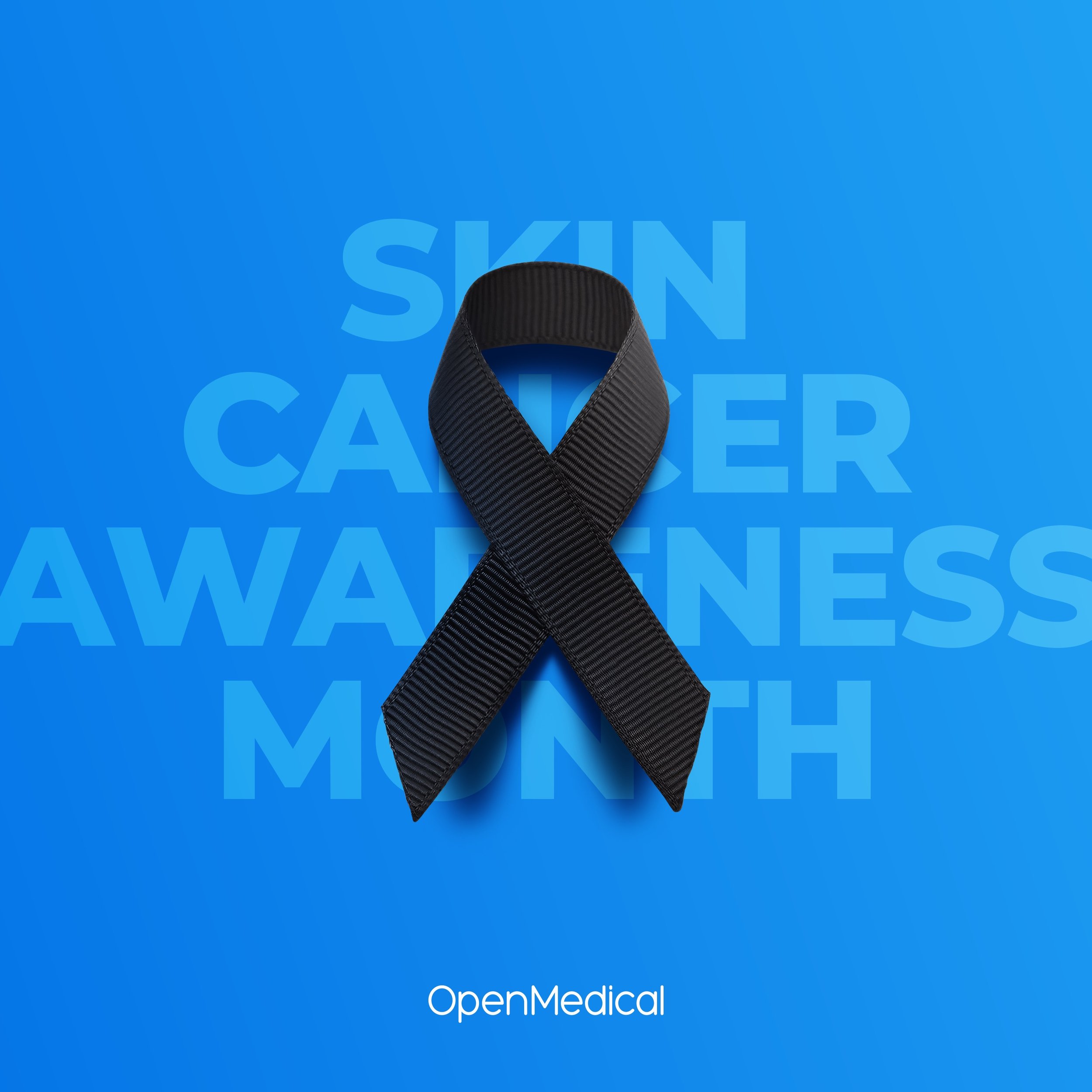Skin Cancer Awareness Month: Dermatology Services Are Evolving But the Best Defence is Still Prevention
It’s true we don’t get much sun in the UK. In fact, we are the fifth country to see the least amount of sun in the world.
So when it finally shows up, sticking around for more than a day with temperatures rising above 15 degrees Celsius after four long months of grey skies, biting cold, and next to no vitamin D, it’s hard not to bask in the sun’s warmth. You’re not thinking about SPF 50 when you’re finally feeling warm again. You want to enjoy it. Maybe even get a bit of a tan. And coming out of winter, you forget your sunscreen or skip it, just this once.
But then you skip it or forget again, eventually resulting in a sunburn. This repeats over the course of a few years, and one day, you notice a new mole on your skin. Over time, the mole starts changing; maybe it’s darker or uneven. It wasn’t like that before.
Now you’re worried it could be skin cancer...
The wait to see a dermatologist begins
Despite our lack of year-round sun, around 170,000 people are diagnosed with skin cancer each year in the UK. Yet, there are only around 890 dermatologists in the NHS to meet that need.
With rising demand and a national shortage of specialists, the wait to see a dermatologist and to get answers can often be much longer than anyone would hope. The NHS aims for patients with suspected cancer to be diagnosed within 28 days of a referral under the Faster Diagnosis Standard, but not every NHS Trust can consistently meet this target. Geography, staffing levels, and service pressures mean that some patients face weeks, sometimes months, of uncertainty.
The rise of teledermatology: faster care closer to home
It’s not all bad news.
Dermatology services are evolving so they can meet the demand, and they’re doing so by implementing teledermatology, a method to assess and manage skin conditions remotely. It helps reduce unnecessary visits to secondary care, which in turn improves capacity and ensures patients receive the care they need in time.
And it has made a genuine, impactful difference.
Pathpoint eDerma, as an example, is a teledermatology platform that allows the establishment of care models best suited for the region it supports. In the South East of England, for example, it enables a community diagnostic centre (CDC) model of care where:
Your GP refers you to a CDC closest to your home or place of work.
A nurse takes high-quality photos of your skin and uploads them securely.
You complete an online questionnaire about your symptoms and history.
A dermatologist reviews everything remotely and provides a diagnosis.
If treatment or follow-up is needed, it’s arranged quickly. If not, you avoid an unnecessary hospital visit.
It's made access to a dermatologist a lot easier and answers about whether or not your mole is malignant much quicker. Here are some of the benefits patients and dermatology services have experienced since using the teledermatology solution Pathpoint eDerma:
Patients received diagnoses 14 days sooner on average.
93% of patients receive a diagnosis or treatment decision at their first teledermatology assessment.
Dermatologists assessed cases 3 times faster and therefore more patients received their diagnosis within the 28-day standard, even despite an 88% increase in demand.
Patients avoided unnecessary trips to hospital, and in an NHS Trust covering a large remote area, patients saved £17.90 and 58.4 minutes per diagnosis.
The experience was consistent across all age groups and income levels.
The best protection is still prevention
No digital tool can undo sun damage. And while it’s reassuring to know dermatology services are becoming more accessible and efficient, the best thing you can do for your skin is still to protect it.
So wear sunscreen (even on cloudy days), check your skin regularly, and if you notice something suspicious, don’t wait.
This Skin Cancer Awareness Month, take a moment to prioritise your skin health. Prevention matters.

